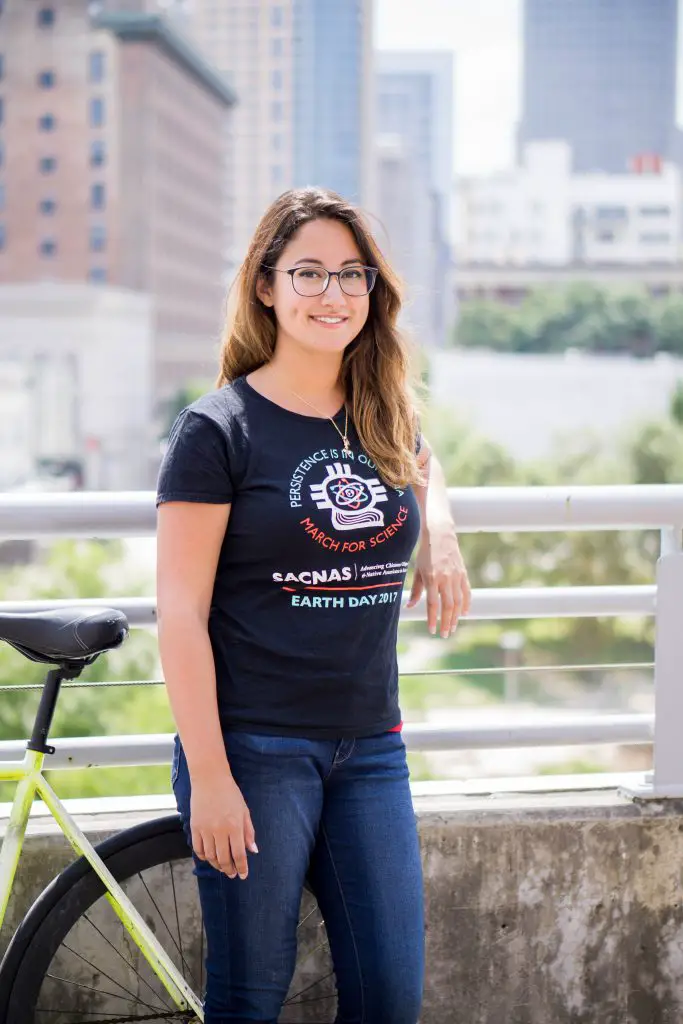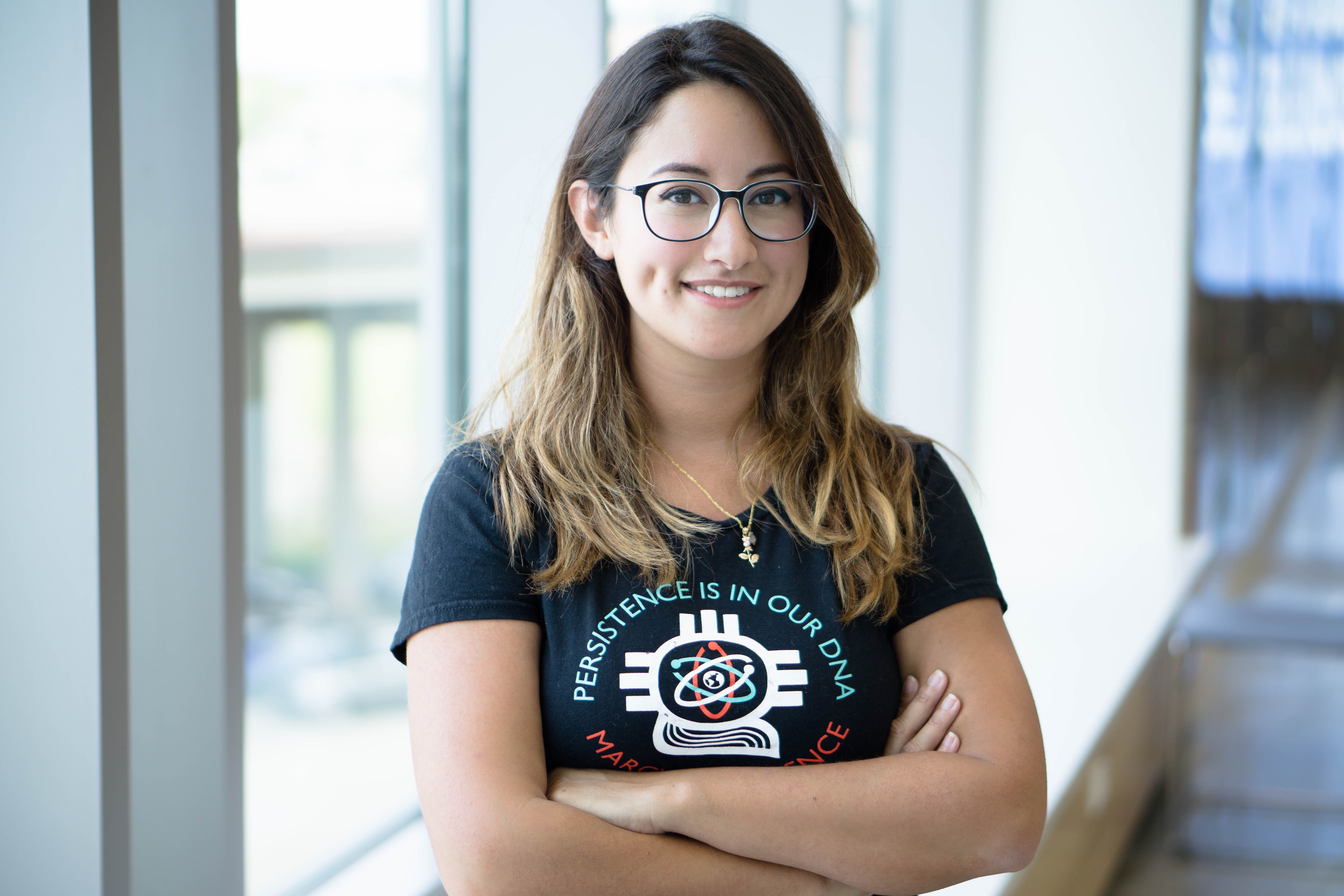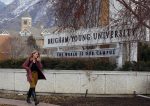Reavelyn Pray has never been one to back down from a challenge. On her own from a young age, Pray got her high school diploma and began working full time while also attending community college.
While enrolled at Del Mar Community College, in Corpus Christi, she got involved in research that changed her life, and, since then, has received three prestigious internships and won the National Science Foundation’s Community College Innovation Challenge for her team’s groundbreaking, life-saving work with phage as a bio disinfectant.
Recently she started class at the University of Houston Downtown as a junior, majoring in Biotech, with hopes of eventually becoming a research professor. I was able to sit down with her to talk about her accomplishments.
Kelly Keglovits: Hearing your story and all you’ve done with science is so fascinating. When did you first develop your interest in microbiology?
Reavelyn Pray: I’ve always been the type of person that had questions about the world and how things worked. I always was the person with the facts saying, “Hey, did you know…” but I didn’t realize that it was science that was fascinating me. Then I took the science for non-majors class at my community college and I just fell in love with it.
So I switched to a Biology major, ended up in an advanced biology class and just fell in love with that, because I was able to do real hands-on research that was actually impactful. The work we did in the class got sent to a real database that actually contributes to the scientific body of knowledge, and that was enthralling to me—the idea that the work I could do went somewhere and contributed to something.
KK: After taking that seminal biology class, what opportunities opened up for you?
RP: The biotech program is actually the one where students can receive a paid internship. I had done really well in that class, so they gave me a great internship that was paid and gave me credit toward my degree. This was in 2015. Then, the summer after that, because of the internship I originally had, a professor at Texas A&M hired me for another internship. After those two internships, I attended a program at Berkeley and met someone who was involved in scholarships and summer internships. So, because of this contact and my experience in the field from the past two internships I was able to get another internship for twelve weeks at Berkeley where I studied bacteria.
KK: Where, in between all of these internships, did you do your competition winning research?
RP: The competition was the National Science Foundation’s Community College Innovation Challenge (CCIC). The competition was encouraging STEM students to go out and think about what they can do with what they just discovered. The research was a separate project that I did with John Ramirez and Daniel Nasr. In November 2016, I wrote an essay and we did a short video about our product. We found out that we were finalists, and then we were paired with mentors who helped us design our poster and refine our product’s presentation. We also went to a “boot camp” that was about three days of intense workshops trying to understand the ends and out of marketing.

KK: Can you explain what your product is?
RP: It deals with the enterococci virus, which is a leading cause of hospital-acquired infections. Our product is basically a concentrate of phage. When you isolate the phage—in this case enterococci—from the bacteria, we know that phage are highly specific, so this virus will not only just attack bacteria, but only the specific type—enterococci.
It’s not going to cause any harm to anything else, so what we do is we isolate the virus in high concentration, and after that, we distribute it to hospitals where they can dilute it in simple water and spray it on surfaces. It can be sprayed in areas where bleach and other things cannot be used, such as pediatric care facilities, where the fumes would be harmful. We call it a bio disinfectant. It’s going to target bacteria, and it’s a non-living thing that is designed to specifically attack its “prey,” which is enterococci.
KK: When you won the CCIC, what type of awards and recognition did you get?
RP: We got first prize, and with that came $2,000 per team member and an “American Association for the Advancement of Science” article about our work. Then we were invited to go speak on a panel at the High Tech conference, which is an education-based technology conference where they aim to institute programs for STEM into colleges. It was actually a lot of engineering and biotech; we were the only people with anything remotely biological in the competition, which was interesting.
KK: So, following the competition, what are your plans for your invention?
RP: Right now we are still working out the kinks, and then the next step will be to get FDA approval. That’s where we stand now. In the future ,we would absolutely love for it to be used in hospitals and sold to help solve the issue of infections.
KK: You just transferred to the University of Houston Downtown and are starting junior year, but what’s next for you?
RP: I would love to be a research professor. I want to do something where I can still work with students, including undergrad, and also continue doing research, because I love it so much. I love teaching, learning something new and then turning to the person next to me and saying, “Hey guess what…”

















